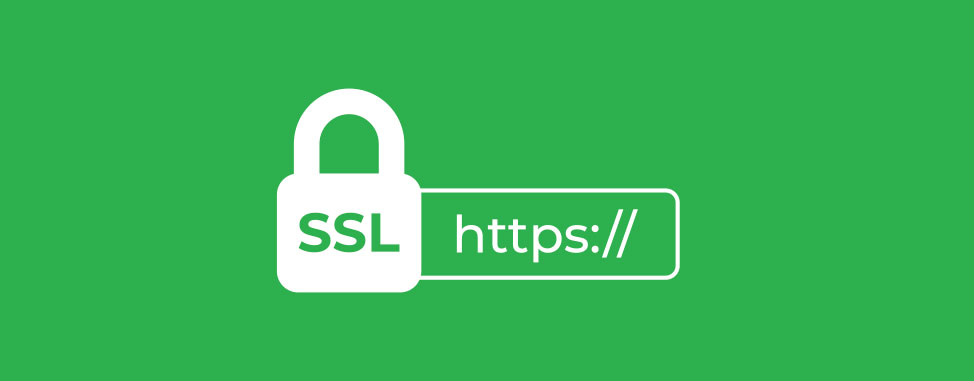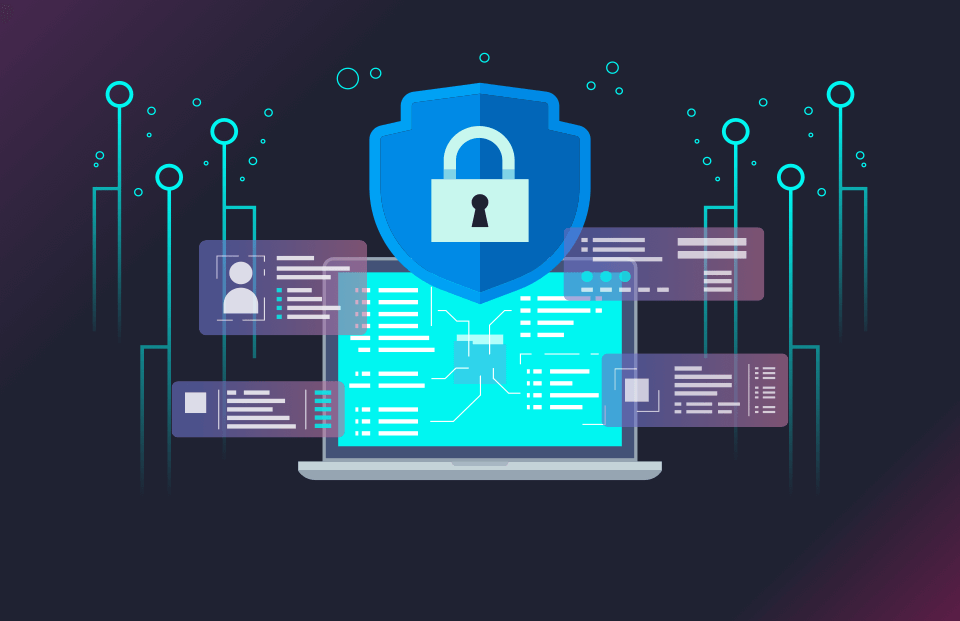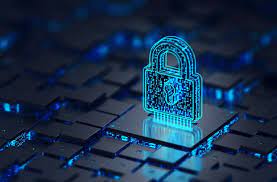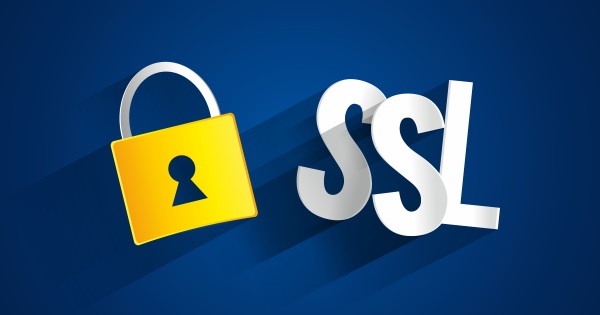SSL, or Secure Sockets Layer, is a protocol designed to provide a secure and encrypted communication channel over the Internet. It has been succeeded by TLS (Transport Layer Security), but the term “SSL” is still commonly used to refer to the security technology. SSL/TLS is primarily employed to secure sensitive data transfer, such as credit card transactions, login credentials, and other personal information.

The main use case for SSL/TLS is securing communications between a client and a server, but it can also secure email, VoIP, and other communications over unsecured networks.
Here’s a basic overview of how SSL works:
Handshake Protocol:
The SSL/TLS communication begins with a handshake protocol. During this phase, the client (e.g., web browser) and the server agree on a set of encryption algorithms and exchange cryptographic keys.

Network security is important for office, home, and business networks. The problem is at the utmost places wireless communication is used or we can say the wireless network is used which are effortlessly hackable and the router can be freely exploited if not secured rightly. So there’s a need for security in the network. To fulfill this need we can use security protocols or cryptographic protocols to deliver authentication and data security.
Key Exchange:
The client and server exchange public keys during the handshake. Public key cryptography is used to establish a shared secret key, which will be used for the actual data encryption.

- Key Exchange Algorithms: This algorithm protects the information required to create shared keys.
- Bulk Encryption Algorithms: Bulk encryption algorithms are those algorithms that encrypt the messages exchanged between clients and servers.
- Message Authentication Algorithms: Message authentication algorithms generate messages and signatures that ensure the Combination of a message.
Session Key Generation:
Using the exchanged public keys, both the client and server independently generate a shared secret known as the session key. This key is used for symmetric encryption and decryption of data during the session.
A session key is any symmetric cryptographic key used to encrypt one communication session only. In other words, it’s a temporary key that is only used once, during one stretch of time, for encrypting and decrypting datasent between two parties; future conversations between the two would be encrypted with different session keys. A session key is like a password that someone resets every time they log in.

In TLS (historically known as “SSL”), the two communicating parties (the client and the server) generate session keys at the start of any communication session, during the TLS handshake. The official RFC for TLS does not actually call these keys “session keys”, but functionally that’s exactly what they are.
Data Encryption:
With the shared session key, both the client and server can encrypt and decrypt the data transmitted between them. Symmetric encryption, which is faster than asymmetric encryption, is used for the actual data transfer.
It’s the practice of encoding information using cryptography in such a way that the information can only be decoded by a party with a corresponding key. It is in this way that an SSL/TLS Certificate protects your communication.

But obviously there’s more to it than just that. Let’s take a look at how an SSL/TLS Certificate enables an encrypted connection and how that encrypted connection keeps your communication safe from malicious third parties.
Secure Communication:
Once the session key is established, all data exchanged between the client and server is encrypted and secure from eavesdropping. This ensures the confidentiality and integrity of the transmitted information.
Standard technology for securing an internet connection by encrypting data sent between a website and a browser (or between two servers). It prevents hackers from seeing or stealing any information transferred, including personal or financial data.
Digital Certificates:
SSL/TLS relies on digital certificates to verify the identity of the communicating parties. These certificates are issued by trusted Certificate Authorities (CAs). The server presents its digital certificate to the client during the handshake, and the client verifies the certificate’s authenticity.

Digital certificate authentication helps organizations ensure that only trusted devices and users can connect to their networks. Another common use of digital certificates is to confirm the authenticity of a website to a web browser, which is also known as a secure sockets layer or SSL certificate.
Secure Socket:
The combination of the agreed-upon encryption algorithms, the session key, and the digital certificate creates a secure socket through which data can be safely transmitted.
SSL, or Secure Sockets Layer, is an encryption-based Internet security protocol. It was first developed by Netscape for the purpose of ensuring privacy, authentication, and data integrity in Internet communications.
In summary, SSL/TLS provides a secure communication channel by establishing a secure connection, encrypting the data, and verifying the authenticity of the communicating parties through digital certificates. This ensures that sensitive information is protected from unauthorized access and tampering during transit over the Internet.

